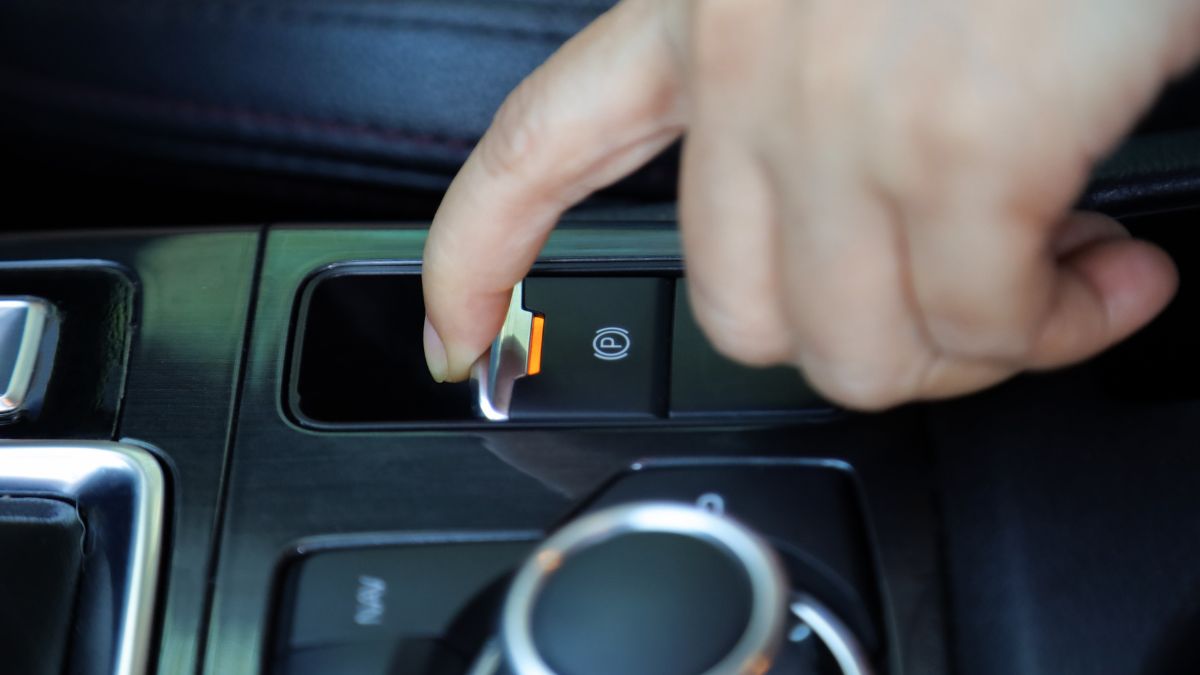Have you ever wondered what happens if you engage the electric handbrake while driving? The handbrake, also known as the parking brake, is a vital safety system designed to keep your vehicle stationary when parked. Unlike the primary brake, which is foot-operated, the handbrake is activated through a lever or button. Its main purpose is to prevent the car from moving accidentally, especially on slopes or uneven terrain.
The operation of the handbrake is relatively simple
When you pull the lever or press the button, a mechanism engages that applies pressure to the rear wheels. This pressure stops the wheels from turning, keeping the vehicle stationary. In more modern vehicles, the handbrake may be electric, meaning it is activated by an electric motor rather than a mechanical cable.
The electric handbrake is a newer technology that operates with the push of a button. This system uses an electric motor to apply the brake, providing a more efficient and reliable method of keeping your car immobile. The electric handbrake is becoming increasingly common in modern vehicles due to its ease of use and enhanced safety features.
Pulling the parking brake activates these safety measures (if electric)
Activating the electric handbrake while the car is in motion can have different outcomes depending on the car’s make and model. Generally, engaging the handbrake while driving will trigger several safety measures:
- Gradual Braking: Most modern vehicles are equipped with safety systems that will gradually apply the rear brakes to slow down the vehicle gently.
- Warning Alerts: The car’s dashboard will typically display warning lights or messages to alert the driver.
- System Override: In some cases, the car’s electronic systems may override the manual activation to prevent damage or loss of control.
It’s essential to understand your vehicle’s specific handbrake system and read the owner’s manual for detailed information on its operation and safety features.
Overall, the handbrake is a crucial component of your vehicle’s safety systems. Whether mechanical or electric, it ensures that your car remains securely in place when parked. Using it correctly and understanding how it functions can prevent accidents and provide peace of mind.
Using the Electric Handbrake in Emergencies
In emergency situations, the electric handbrake can still serve as a valuable tool to stop the vehicle. However, its operation may differ slightly from the traditional handbrake:
- Press the handbrake button firmly and consistently to engage the brake.
- The system may automatically modulate the braking force to prevent skidding.
- Keep in mind that while it’s effective, it may not offer the same level of control as a manual handbrake.
Whether your vehicle is equipped with a traditional handbrake or an electric one, understanding how to use these features effectively can enhance your safety on the road. Always refer to your vehicle’s manual for specific instructions and practice using these brakes in a controlled environment to familiarize yourself with their operation.
When you press this button, an electric motor activates a mechanism that applies pressure to the rear wheels, usually on the brake discs. This action locks the wheels and keeps the vehicle stationary.




